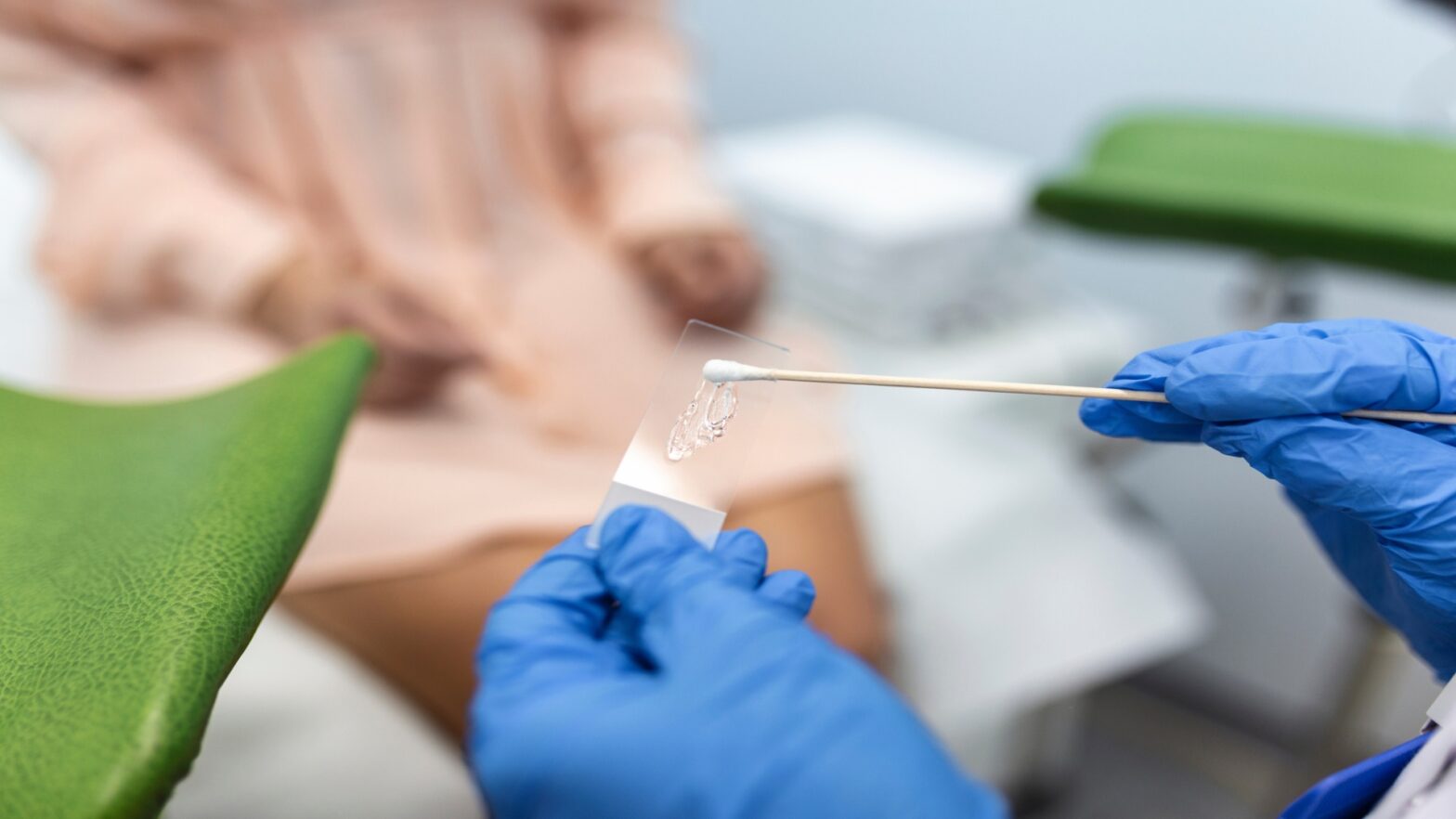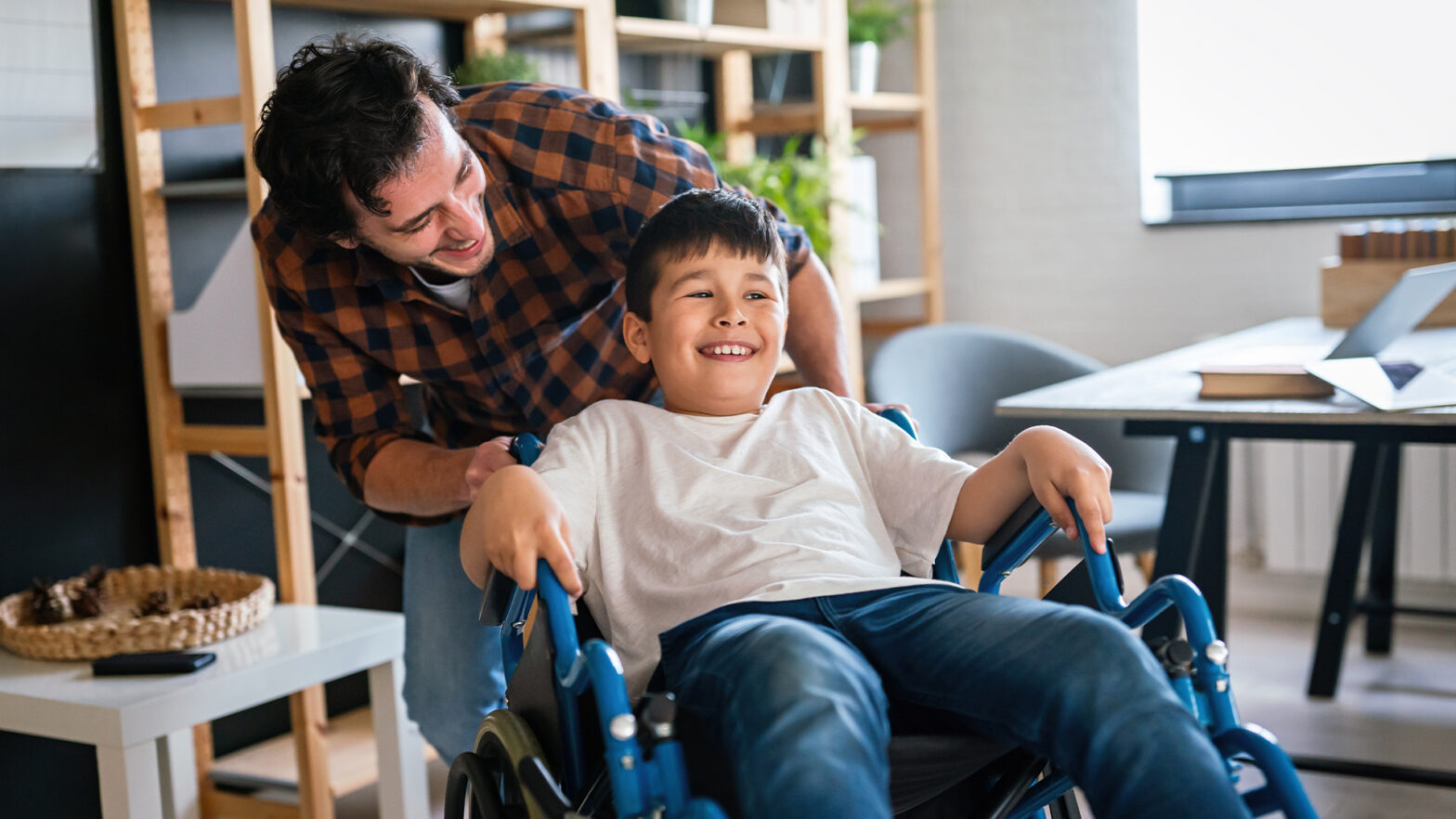Brain injuries pose complex rehabilitation challenges, often requiring novel approaches for effective healing. Fortunately, breakthroughs in technology are changing the game for brain injury rehabilitation.
Wearable tech that tracks cognitive functions and virtual reality systems designed for neural recovery represent just a slice of the innovations making waves in patient care. These tools are set to redefine healing trajectories for survivors.
In this article, we will uncover six revolutionary devices and applications that marry cutting-edge science with tangible improvements in the daily lives of those navigating the aftermath of brain injuries.
Tailored Wearable Tech
Cognitive function trackers are wearable devices ingeniously crafted to monitor and analyze the complex maze of brain activity following an injury. These gadgets offer a personalized snapshot of cognitive health, bridging the gap between patient experiences and clinical assessments.
By providing real-time data on brain function, the gadgets empower healthcare professionals to tailor rehabilitation strategies based on the extent of brain injuries. The implications for recovery are significant, forging a path toward more responsive and individualized care for brain injury patients.
Adaptive Virtual Reality Systems
Adaptive Virtual Reality (VR) Systems are another set of tools revolutionizing brain injury rehabilitation by transporting patients into 3D environments designed to stimulate and retrain neural pathways. These immersive platforms offer a controlled yet flexible setting for individuals to engage in cognitive exercises that can feel more like a game than therapy.
The interactive nature of VR encourages active participation, which is crucial for neuroplasticity – the brain’s ability to form new connections post-injury. With continued use, such systems have the potential to accelerate recovery by making rehabilitation an engaging and dynamic experience.
Smartphone Cognitive Therapy Apps
Besides wearables and VR, smartphone cognitive therapy apps have emerged as another key player. These apps simplify access to brain-training exercises, making daily rehabilitation routines more convenient for patients no matter where they are.
The integration of artificial intelligence tailors the difficulty of tasks to the user’s current abilities, ensuring a steady yet challenging progression. This cognitive behavioral therapy technology encourages consistent practice and provides invaluable feedback on patient progress over time.
Non-Invasive Neurostimulation Devices
Advancing beyond apps, non-invasive neurostimulation devices represent a leap in brain injury rehabilitation. These devices apply gentle electrical currents or magnetic fields to specific brain regions, which can help rejuvenate neuronal activity without surgical intervention.
The potential of these gadgets lies in their ability to target dormant or damaged areas, facilitating recovery by promoting neural plasticity. As an adjunct to traditional therapies, they offer a promising avenue for enhancing outcomes and reclaiming function with minimal discomfort for patients.
Robot-Assisted Therapy Machines
The fusion of robotics with rehabilitation science has given birth to robot-assisted therapy machines. These remarkable systems assist patients in performing precise physical movements, promoting motor skill recovery through repetitive practice.
The machines aid in regaining strength and coordination and provide immediate feedback on performance, allowing for real-time adjustments. With the capability to adapt to the individual’s specific therapeutic needs, these robotic aids exemplify how integrating technology into recovery protocols can substantially improve the quality of life post-brain injury.
Interactive Balance Boards
Last on the list are interactive balance boards engineered to address the equilibrium challenges often faced by those with brain injuries. Notably beneficial in cases where a brain injury claim might require evidence of improvement, these boards can objectively measure progress in coordination and stability over time.
They serve as an indispensable tool for rehabilitation and provide quantifiable data that personal injury lawyers may utilize to substantiate the extent of recovery. Integrating this technology into therapy sessions means patients can work on real-time balance correction while building a documented track record of their rehabilitative journey.
In conclusion…
These six innovative tools mark a transformative era in brain injury rehabilitation. From the intimate monitoring capabilities of wearable tech to the interactive experiences offered by balance boards and VR systems – each represents a piece of a larger puzzle in patient care.
As healthcare providers embrace these technologies, the potential for enhanced recovery increases and improved quality of life grows for survivors, practitioners, and personal advocates alike.
Image Source: Pexels

















